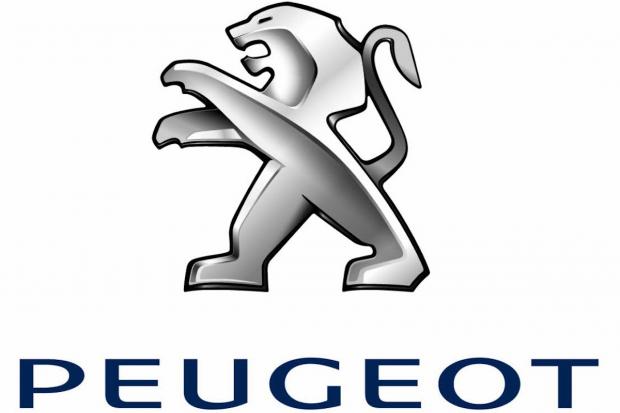
Few manufacturers cross the line between mediocrity and excellence with quite the regularity of Peugeot.
The French company has teased me for most of my life with angelic models topped by the 205GTI, while summarily disappointing with machines such as its replacement, the 206.
While the 205 was, and always will be, one of the most engaging cars on the planet, its younger brother was little more than a pile of insignificance wheeled for your convenience.

Talk of its latest GTI, the 208, has already drawn obvious comparisons to the 205, but then motoring hacks are a wistful, eternally optimistic bunch. You need only read the pre-drive review for any Alfa Romeo to see that.
But we’re dealing with the French for now. So what happened? Could it have been a changing attitude to cars? It’s possible I suppose.
While we car people like the idea of lift-off oversteer and the like, its safe to assume it’s not at the top of a ‘normal’ person’s shopping list. Especially not when it concerns the car carrying their nearest and dearest. So, while some manufacturers spend effort and time to make their cars a pleasure to drive, others just want them to be safe.


